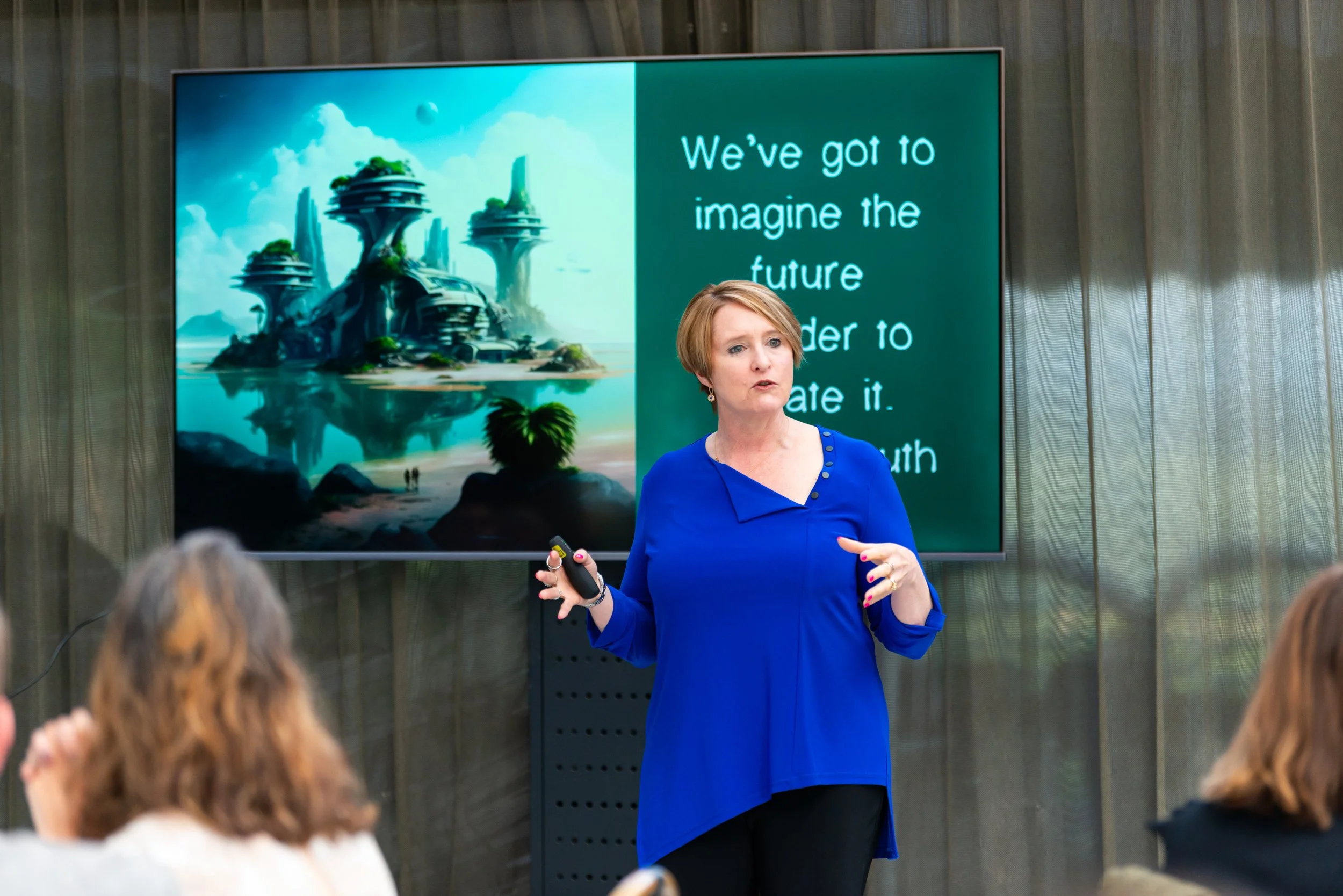If you’ve ever worked somewhere with corporate culture problems, you know the telltale signs of cracks: closed door conversations increase, hushed conversations that end abruptly when someone walks by, a few more staff departures, long lunches, early clock-offs at the end of the day, and a revolving door of staff bringing problem after problem to your attention. Then there’s the general vibe. People seem stressed out, bummed out, weighed down.
A leadership framework for a healthy corporate culture
The tendency of many leaders is to look for the rotten apple. Who’s the detractor that is causing the decay?
While there may be some negative energy vampires, chances are these are a SYMPTOM rather than a CAUSE of culture chaos.
Culture is a dynamic system, much like the play of a football game. It’s not a simple case of set the plan, execute the plan, and all is well. The game needs careful management and nimble responses. Frequent checks on the play and the state of the players edges the team towards victory. Little things can cause major disarray.
Corporate culture cracks? Start with the systems
Here’s what to check for cracks:
The Players
Do you know how happy and satisfied each team member is with their role and their work? Do you know how aligned they feel to the vision and purpose of the organisation, their team, and their role? Do you have metrics to measure cultural health of the organisation?
The Leader
Yes, that’s you. As the leader, everything you do is broadcast as if through a megaphone. How are you showing up each day? What mood are you inflicting on others? How much feedback are you giving each day to people around you? How effective and heartfelt is it? How often are you celebrating success - for yourself, and with your team? Do you have daily practices and rituals that set your positivity signal on high?
The Systems
I notice in many organisations that systems drive unwanted behaviour. I’ve written previously about rewards andrecognition that create poor, unintended results. Systems are meant to allow and foster play and success for the people that work together. Too few leaders take the time to review their systems for friction points and challenge whether the systems are serving or detracting their mission and means of getting there. When was the last time you paused to audit what is working, what is not, and most importantly, why you have chosen to do something a particular way? Does it still serve you, your team, and your clients?
The Love Factor
You don’t hear that word often at work! When I think of the teams I enjoyed leading and being part of, there was always a great sense of LOVE at play. I loved the work, I loved the mission, and I loved the people I worked with. And it’s love with a deep caring and respect for each person, even the ones I wasn’t closest to, or had much in common with. My experience is that when a leader shows up with love and compassion first, it smoothes out cracks, and builds a solid foundation.
What cracks do you notice first in culture at work? What are your tips and strategies for building a culture worth belonging to?
***
Related Articles:
How to Stop the Ground Splitter Undermining Culture
How to stop anonymous feedback destroying culture
Why silos creep into culture, and what to do about it
***
About the author, Canberra leadership expert Zoë Routh:
Zoë Routh is one of Australia’s leading experts on people stuff - the stuff that gets in our way of producing results, and the stuff that lights us up. She works with the growers, makers, builders to make people stuff fun and practical.
Zoë is the author of four books: Composure - How centered leaders make the biggest impact, Moments - Leadership when it matters most, Loyalty - Stop unwanted staff turnover, boost engagement, and build lifelong advocates, and People Stuff - Beyond Personalities: An advanced handbook for leadership. People Stuff was awarded Book of the Year 2020 by the Smart WFM Australian Business Book Awards.
Zoë is also the producer of The Zoë Routh Leadership Podcast.

